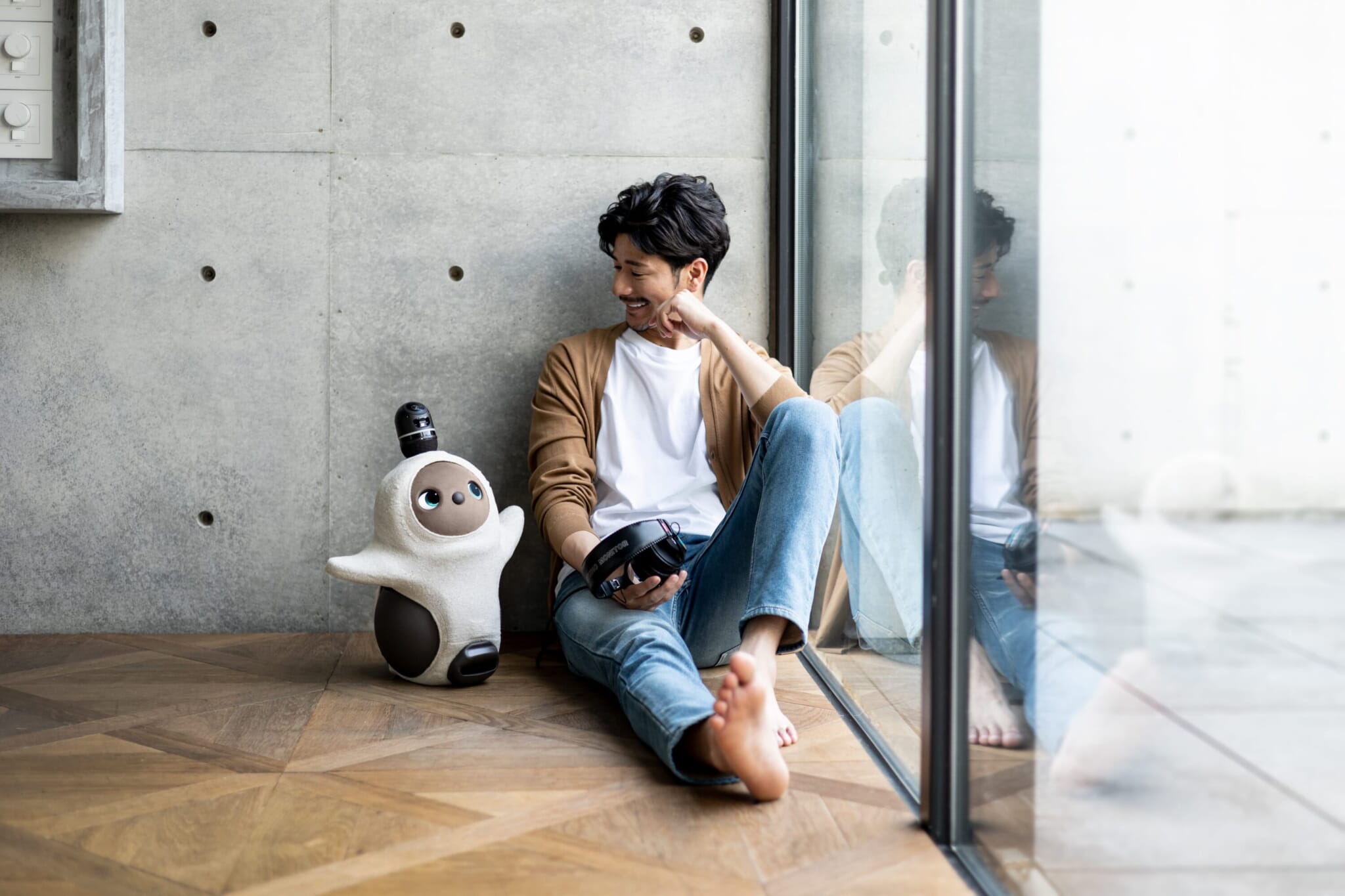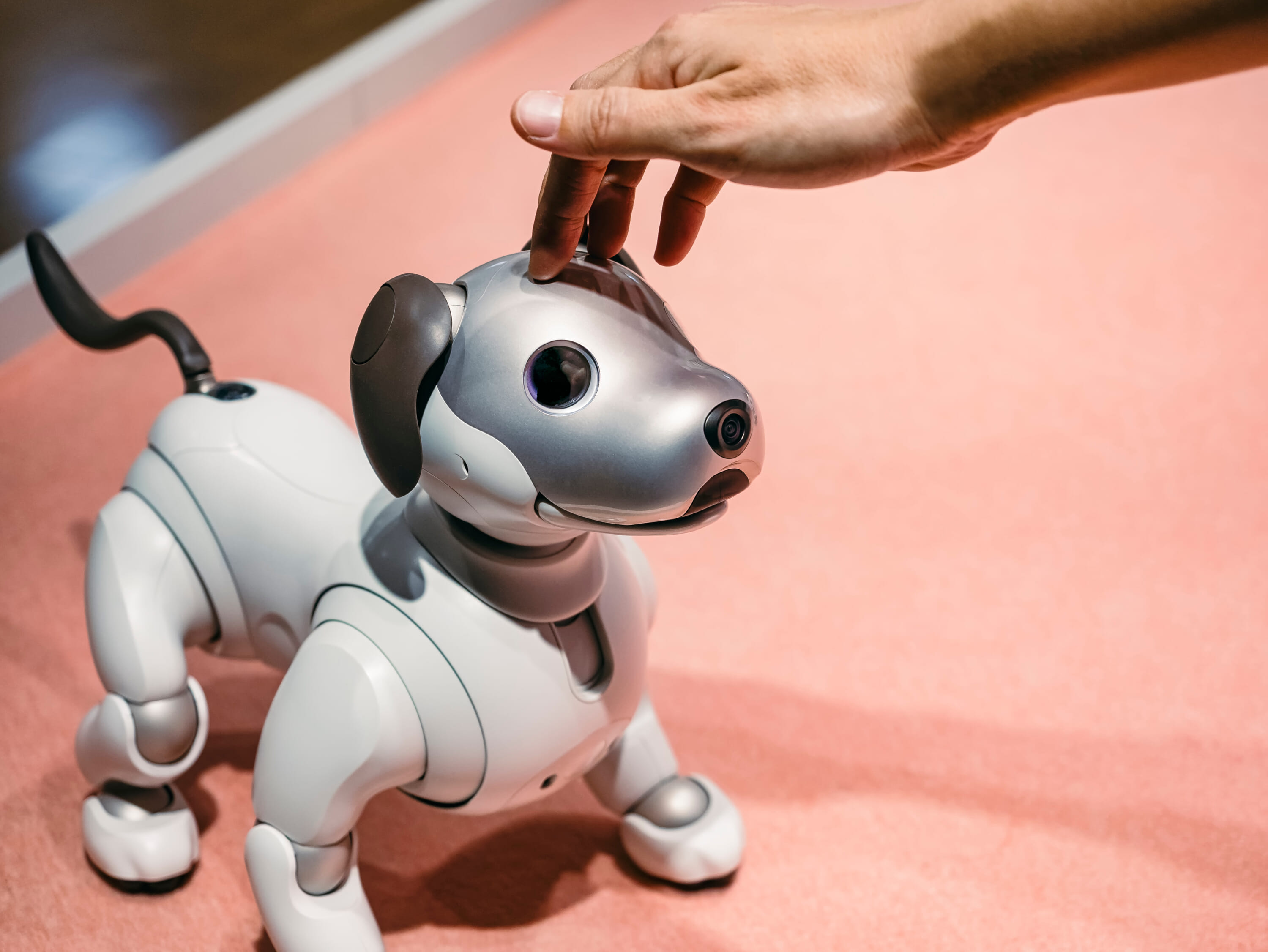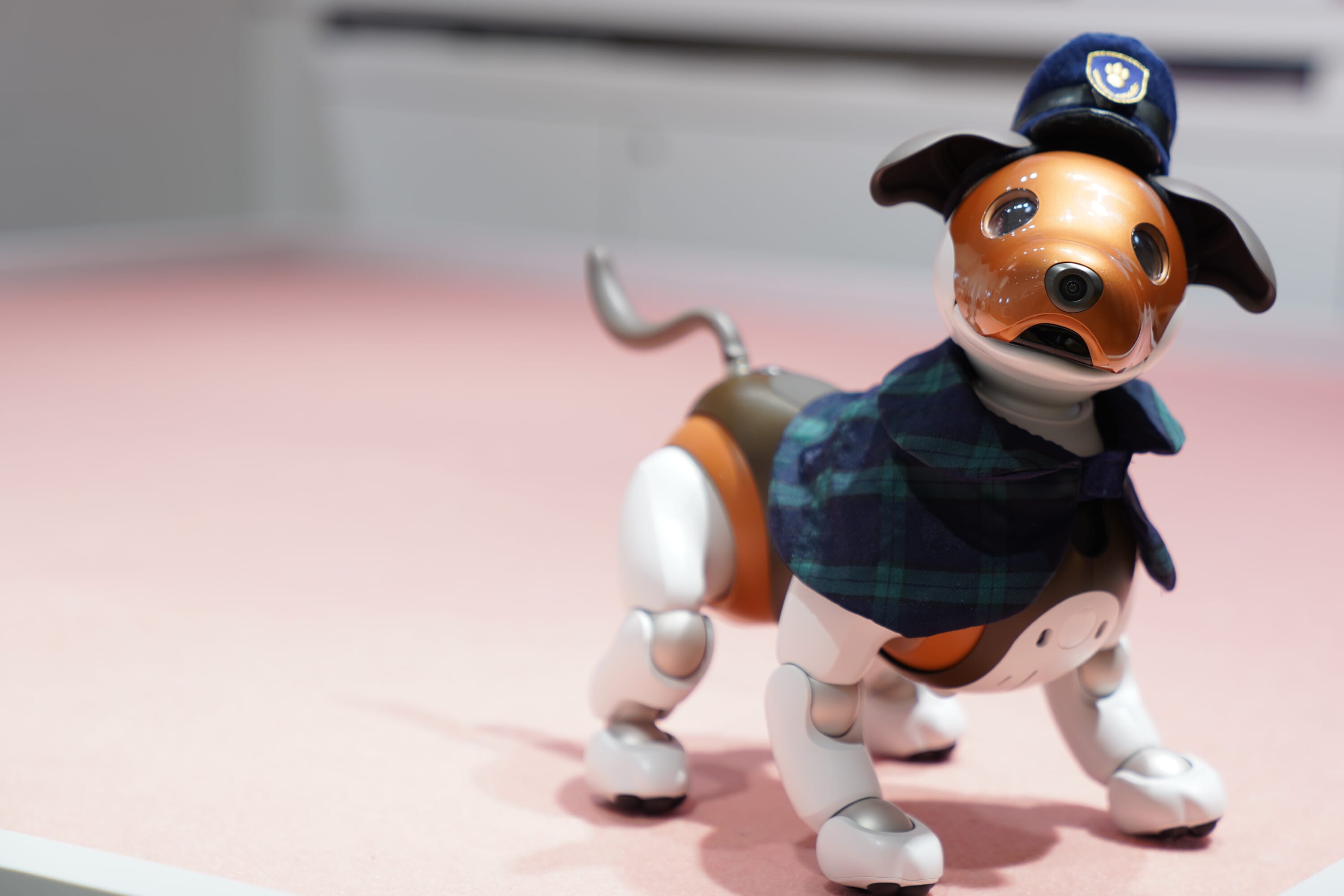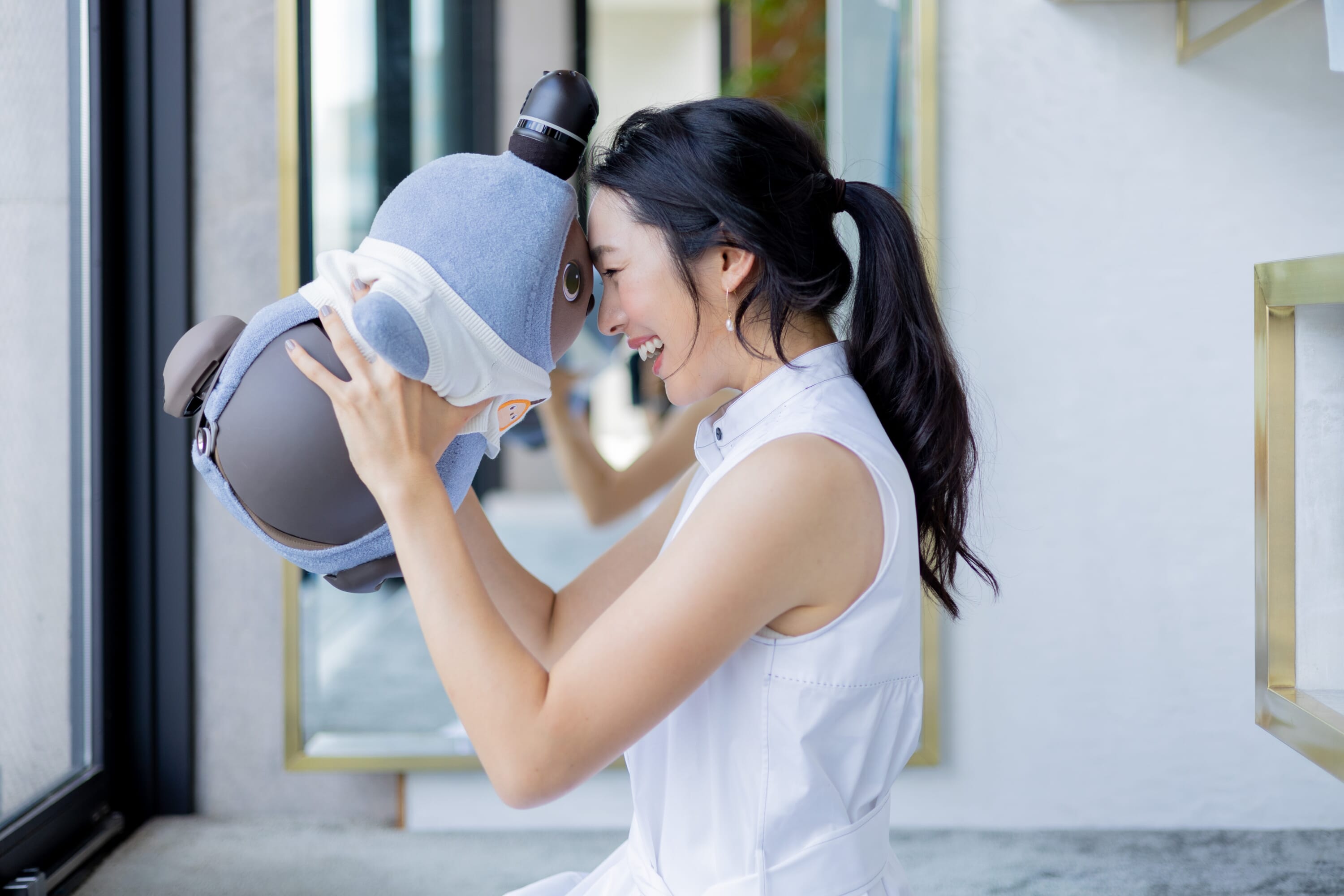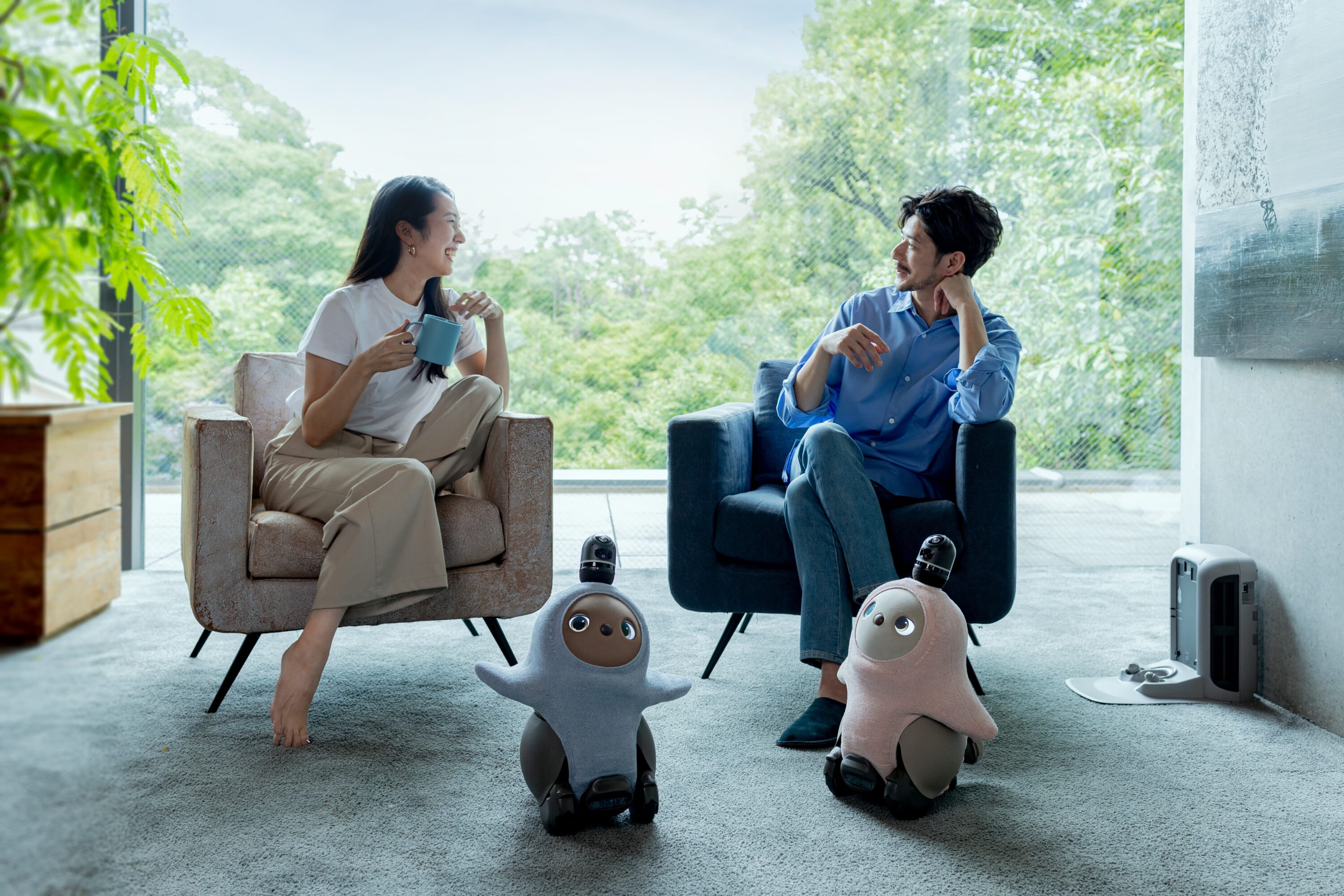The etymological origin of the word “robot” comes from the Czech word “robota,” which means “forced labor” as done by serfs, and was first introduced in a play by writer Karel Čapek. The root is the same in all Slavic languages and it also overlaps with the word “rob” meaning “slave,” though it feels bleak to look at all machines as slaves to humanity. But let’s not discuss will and singularity, lest we sink into the dark depths of techno-philosophy. It’s suffice to say that a robot is something that does work and serves. And when it comes to Japan, it’s something that’s also cute.
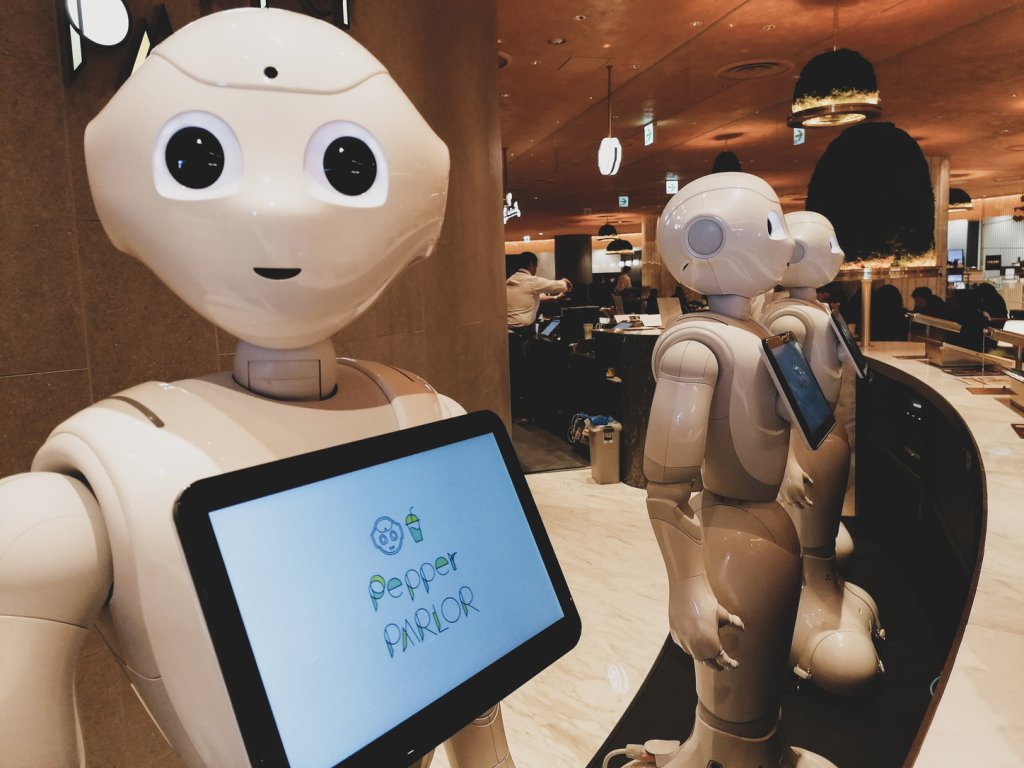
I’m being a tad facetious. Of course, not all robots in Japan are cute. The country’s advanced robotics industry is much admired globally and the robots here come in all kinds. This includes the kawaii kind. Think of ASIMO (Advanced Step in Innovative Mobility), the most advanced humanoid robot, created by Honda (now discontinued and an exhibit at the National Museum of Emerging Science and Innovation, also known as the Miraikan). There’s also Softbank’s ubiquitous Pepper, who, like ASIMO, has a boyish look and a childlike voice. So, while not all Japanese robots are adorable, if it’s cute robots you want, Japan has them.
ASIMO was supposed to do work such as carrying boxes and pushing carts (yet currently sings songs and plays soccer at the Miraikan). Pepper is also mostly working as a receptionist and waiter at the new Pepper Parlor restaurant. Though certainly cute, these robots still work. A new Japanese tech trend, however, is discarding the whole “work” part of the robots.
Robot Pets
A narrow definition of a robot pet is an interactive machine made to resemble a real pet. As with cute humanoid robots, Japan has been leading the way in this field too. It gave the world the first robot dog (if we discount the robot dog Sparco in 1939, which was just a prototype). AIBO (Artificial Intelligence roBOt) was created by Sony in 1999 with Hajime Sorayama (of sexy robot art fame) enlisted to create the initial designs for the body. While it was discontinued seven years later, a new generation of AIBO was relaunched in 2018. This robot dog is designed to mimic dog behavior and be a companion. With the more sophisticated generations, it now has an internet connection that helps it remember about 100 faces, respond to more than 50 voice commands and learn tricks, among other things.
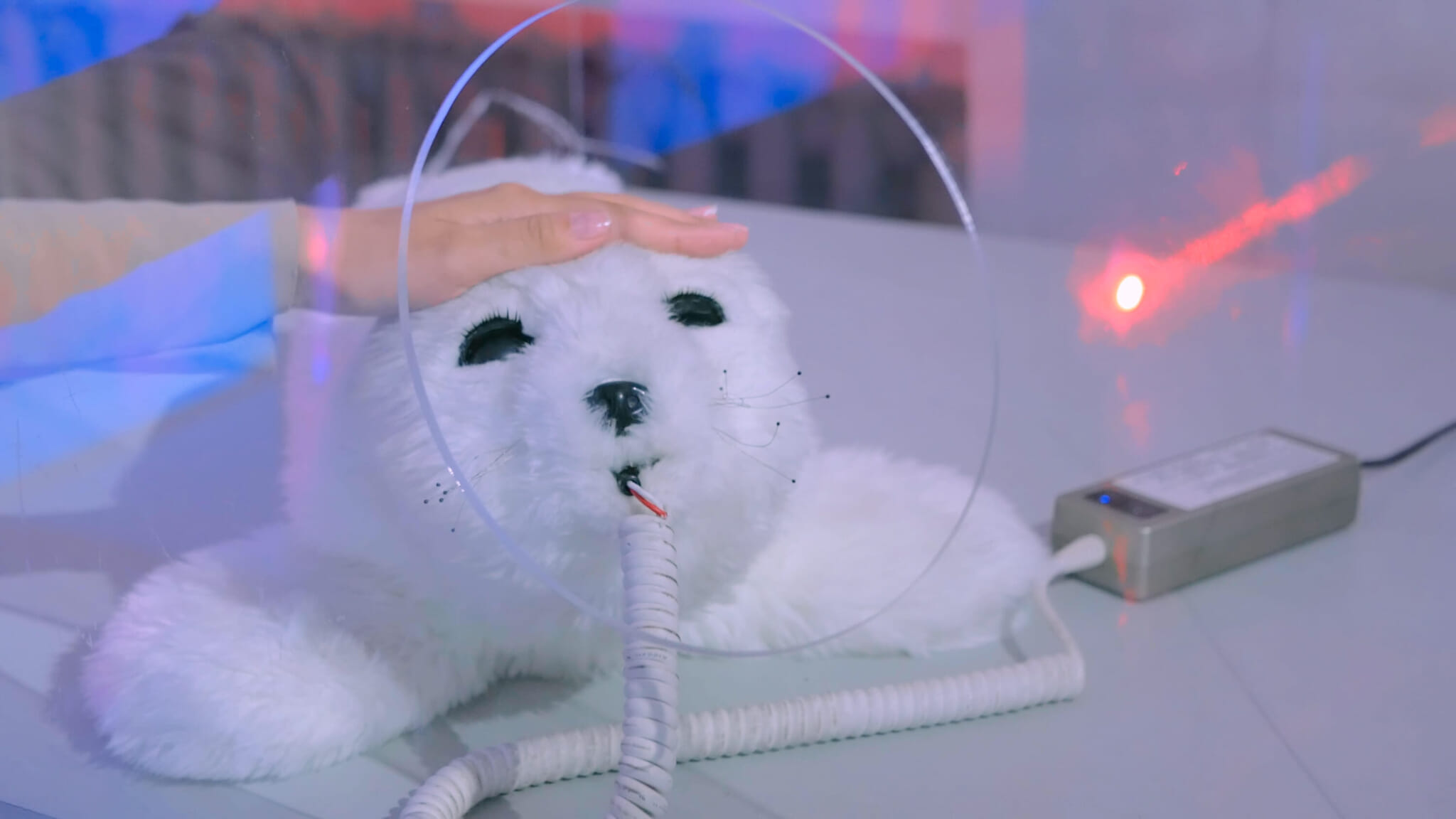
Then there’s Paro, the therapeutic seal. Of course, this is a robot pet that takes after a wild animal that’s not suited to a life in captivity. Designed by Takanori Shibata in 1993, Paro is produced by Intelligent System Co. and became commercially available in 2004. It has since been certified as a neurological therapeutic medical device in the United States. Some of the main groups it supports are dementia patients in elderly care homes and children on the autism spectrum. Paro has soft fur, is warm, responds to touch, seeks eye contact and makes sounds like a baby seal.
These are just two of the most prominent robot pets, but there are more. One might argue that they don’t do anything, apart from being cute. But one can also say they work as emotional support animals and nurse assistants. Support work is sometimes unrecognized and unvalued by humans, as is often the case with carers in the family and stay-at-home parents.
Pet Robots
I feel there’s a distinction between “robot pets” and “pet robots.” The former group are a robotic version of animals with the purpose of being a pet too. The latter, I see purely as robots that are kept as pets because they’re cute, but they don’t resemble ordinary animals. However, they do share the same technology that makes them cute. They are also interactive and seek human contact.
One of the most popular pet robots on the market in recent years is Lovot, which first appeared in 2015. Lovot is for individuals to keep at home as a pet for fun. It doesn’t have the therapy angle of Paro. This robot is designed to be cute. It makes cooing sounds, it’s warm, seeks cuddles and hugs and remembers humans. You could say it looks a bit like an owl or a penguin. But most obviously (and the biggest elephant in the room), it resembles a baby. After all, one of its favorite things is to be held high above the holder’s head. No animal likes that, but babies love it.
The latest to hit the pet robot market in Japan is Nicobo by Panasonic. Launched in 2023, Nicobo “is eternally 2 years old,” Panasonic says. The company doesn’t shy away from comparing the spherical robot to a toddler and when it learns to talk, you’ll be as happy as a mother. In a PR Times interview with professor Michio Okada and Panasonic Nicobo project leader Yoichiro Masuda, Nicobo is described as a robot that “doesn’t do anything.” Masuda explains how they thought of fulfilling the needs of a person living alone who says “I’m home” to no one.
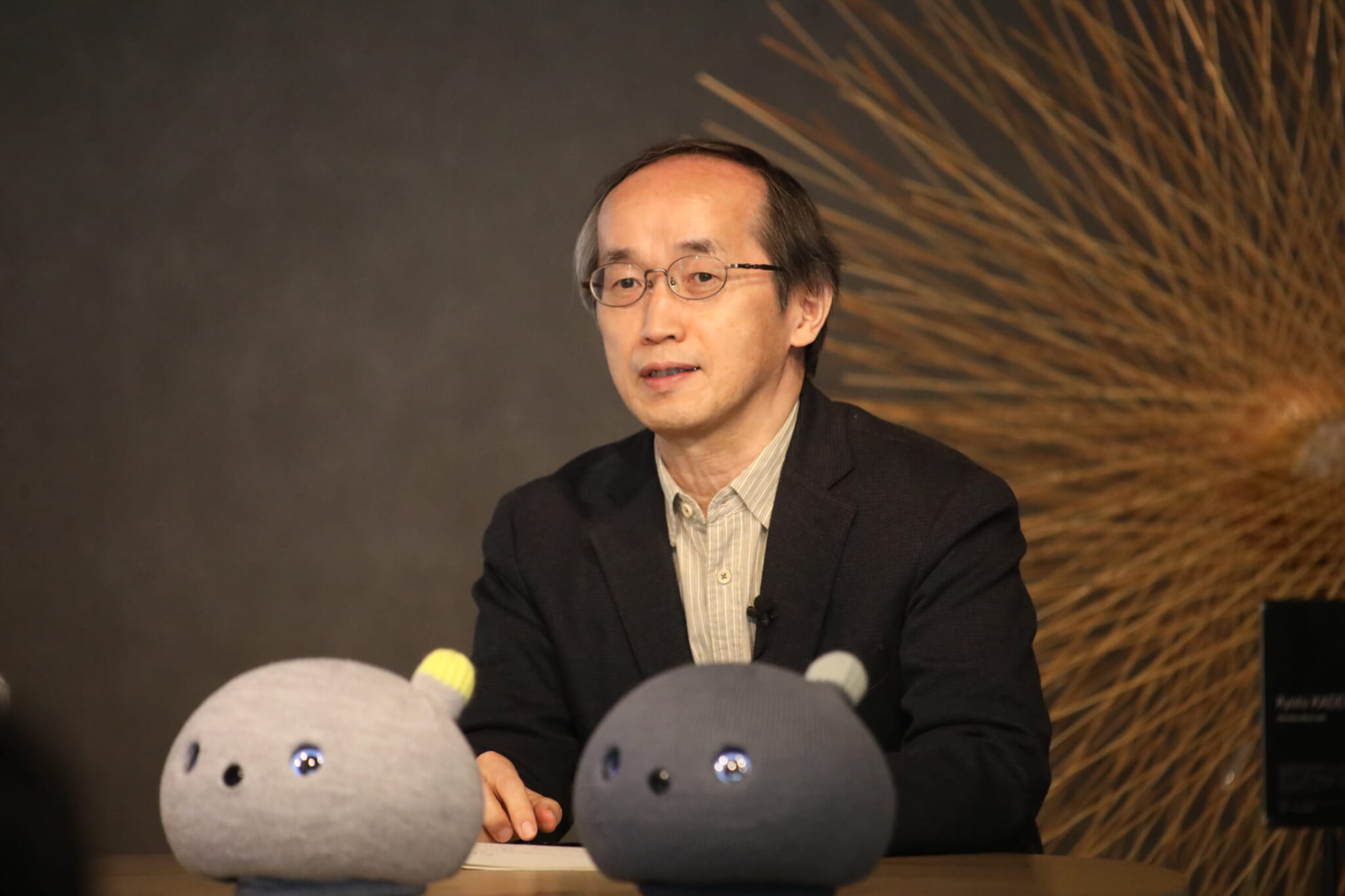
Professor Michio Okada, ICD-LAB, Toyohashi University of Technology | Photo via PR Times
Choose Your Own Adventure
The reason why humans are building cute companion robots like the therapeutic seal is that robot pets can provide companionship and interaction without the burden of caring for a living animal. There are accounts and some studies of robot pets helping the elderly and children just like a living emotional support animal would. At the same time, robot pets have raised ethical concerns too. Should we offload elderly care to robots? Should we let people build pseudo-relationships that might mislead? Do robot companions make people more emotionally stunted and demotivate them to build real human relationships?
These ethical concerns have only become bigger with robots like Lovot and Nicobo. The creators are looking to fill everyone’s emotional and social needs with robots, not only those in dire need, such as dementia patients. And that’s not an entirely crazy idea in an age where loneliness plagues humanity, especially in big cities like Tokyo. However, this seems to also be an expensive technological band-aid to societal problems. People want friends, they are just too burned out and stressed. Many couples want to have kids, they just can’t afford them and, due to overtime work, are unable to care for them.
Both loneliness and the need for love are real. We love other humans, animals, trees and the things we build. We also love dolls and unseen gods, and now we love virtual idols and robots too. And precisely because our capacity to love is enormous, we shouldn’t be replacing one thing with the other. We can add robots to our lives, but let’s not forget to extend a hand to all humans that need a companion.

